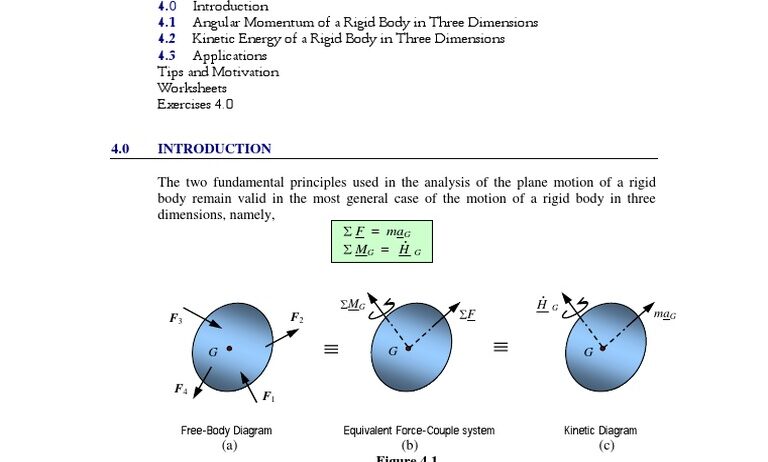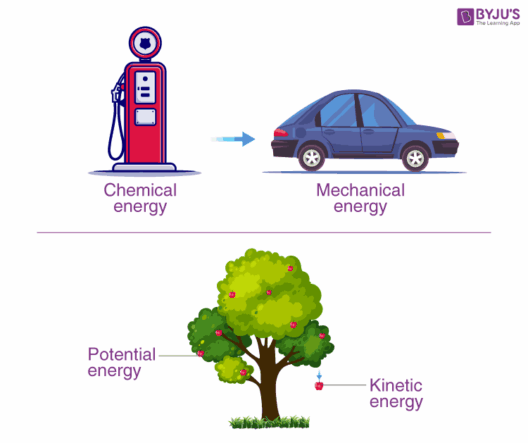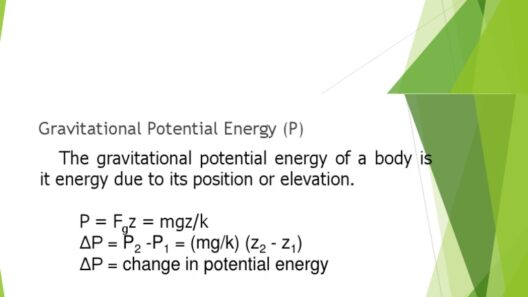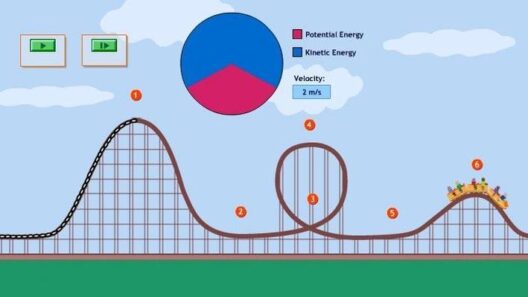The intricate relationship between kinetic energy and angular momentum often eludes the grasp of many who delve into the realms of physics. Both are fundamental concepts that govern motion, yet they arise from distinct principles and have unique implications. Understanding whether kinetic energy is conserved in angular momentum not only challenges conventional notions but also invites deeper inquiry into the laws of physics.
Kinetic energy (KE) is defined as the energy of an object due to its motion, mathematically represented as KE = 1/2 mv², where m is mass and v is velocity. Angular momentum (L), on the other hand, pertains to the rotational characteristics of an object and is represented by the equation L = r × p, with r being the position vector and p the linear momentum (p = mv). The key distinction here lies in the fact that while kinetic energy relates to linear motion, angular momentum is concerned with rotational motion.
To comprehend the nuances of kinetic energy conservation in relation to angular momentum, one must first acknowledge the principles of conservation laws in physics. The Law of Conservation of Angular Momentum states that if no external torque acts on a system, the total angular momentum remains constant. This principle is evidenced in numerous phenomena, from spinning ice skaters pulling in their arms to increase their rotation speed to planets orbiting in stable patterns around stars.
However, when considering kinetic energy in this context, the narrative becomes more complex. During elastic collisions, both kinetic energy and momentum are conserved. In contrast, during inelastic collisions, momentum is conserved, but kinetic energy is not. This begs the question: can angular momentum exist in a system where kinetic energy does not remain conserved?
To illustrate, consider a system involving a spinning figure skater. As the skater pulls her arms inwards, she experiences a decrease in her moment of inertia. Consequently, her angular velocity increases to conserve angular momentum. Herein lies a critical intersection: while angular momentum is conserved, the kinetic energy changes. As her arms pull closer, the change in the distribution of mass leads to a variated kinetic energy, albeit still within a closed system.
Furthermore, this phenomenon elucidates the distinction between translational and rotational kinetic energy. The rotational kinetic energy can be articulated as KE_rotational = 1/2 Iω², with I as the moment of inertia and ω as the angular velocity. When the skater reduces her moment of inertia (I) by pulling her arms in, while her angular velocity (ω) increases, the rotational kinetic energy may remain constant depending on the specific quantities involved. Thus, one witnesses a delicate interplay in this dynamic—kinetic energy fluctuates even though angular momentum remains steadfastly conserved.
It is essential to recognize the contextual nature of these conservation laws. If a system is not isolated, interactions with external forces may alter the dynamics, causing energy transitions that deviate from conservation. In typical environmental contexts, such as when considering the biosphere, angular momentum—while conserved in many systems—may not equate to an undisturbed conservation of kinetic energy when external interferences like friction or air resistance come into play.
The implications of this can be significant. In modeling ecological systems or understanding certain physical interactions in our environment, comprehending the fluctuations between kinetic energy and angular momentum can aid in predicting outcomes. For example, when analyzing wind patterns or the motion of water currents, these principles become crucial in evaluating energy distribution and transformation within the ecosystems.
Consider, too, the analytical view of celestial mechanics. In astrophysics, angular momentum conservation plays a pivotal role in understanding orbital dynamics. For instance, binary star systems exhibit exquisite dance patterns governed by these principles. While the individual kinetic energies of stars may dissipate or transform during gravitational interactions and collapses, the total angular momentum remains a constant throughout the process. This cyclical transformation of energy breeds a deeper exploration into the very fabric of the universe.
In summary, while angular momentum can be conserved in various systems, it does not inherently imply that kinetic energy is similarly conserved. The distinctions between the two concepts highlight the complexity of physical laws and the intricate nature of motion. Understanding this relationship can lead to a more nuanced perspective on energy conservation and its implications across a spectrum of disciplines, from physics to environmental science.
Through this lens, one garners not merely a theoretical grasp, but an invitation to delve deeper into the fascinating complexities of motion and energy. Whether one is fascinated by the elegant turns of a skater, the grand movements of celestial bodies, or the subtle shifts within energy systems, the interplay between angular momentum and kinetic energy continues to unveil the mysterious and dynamic world around us.








